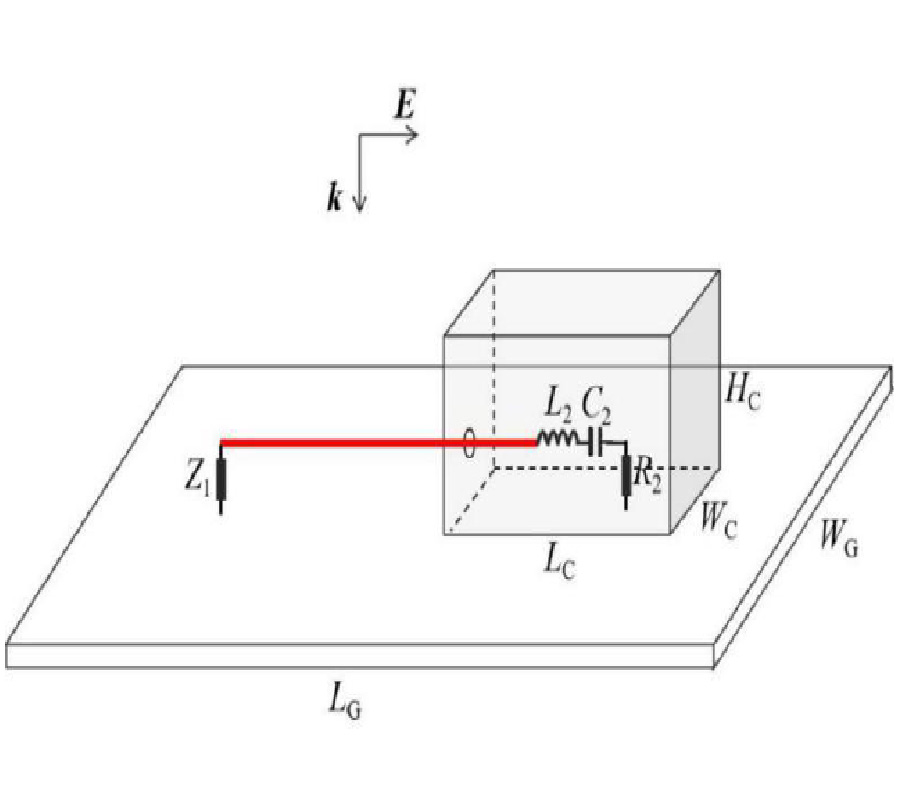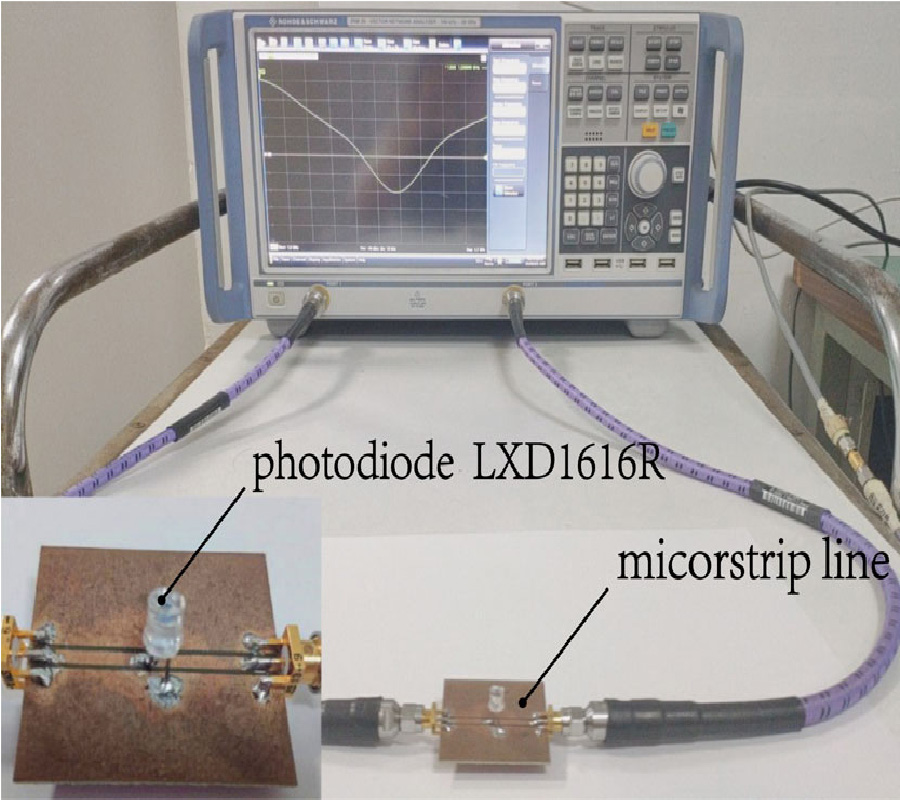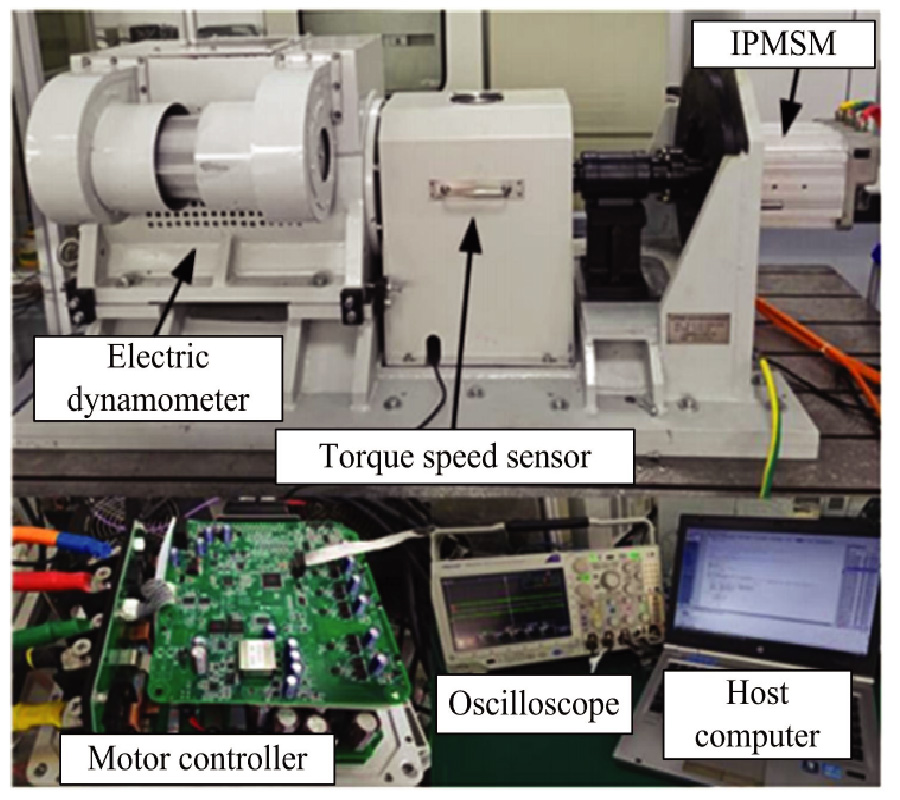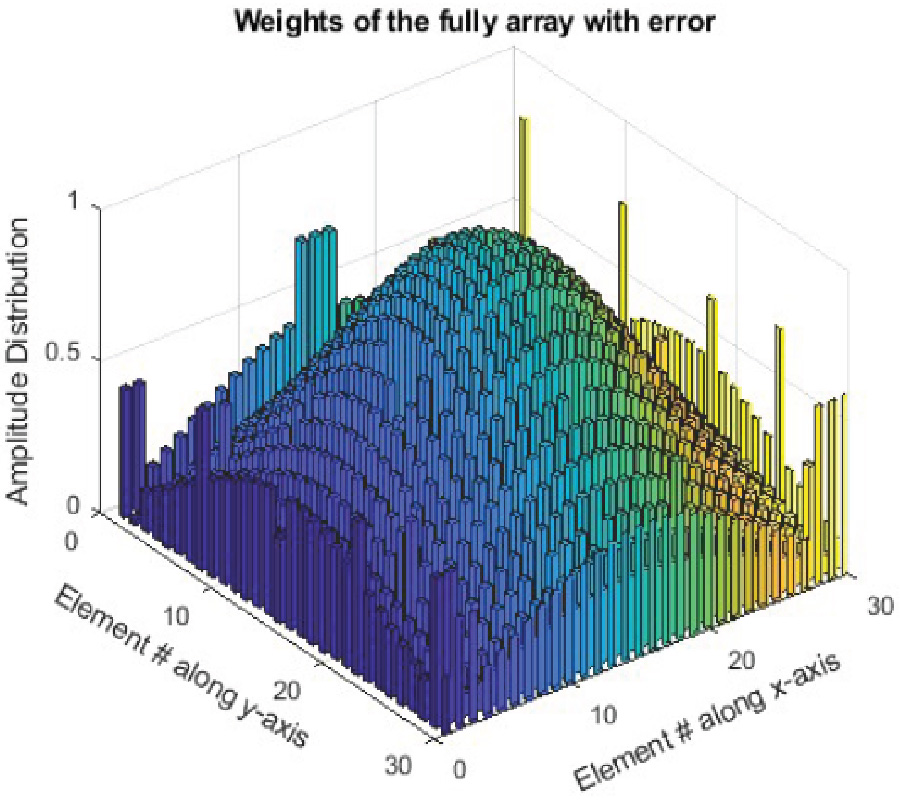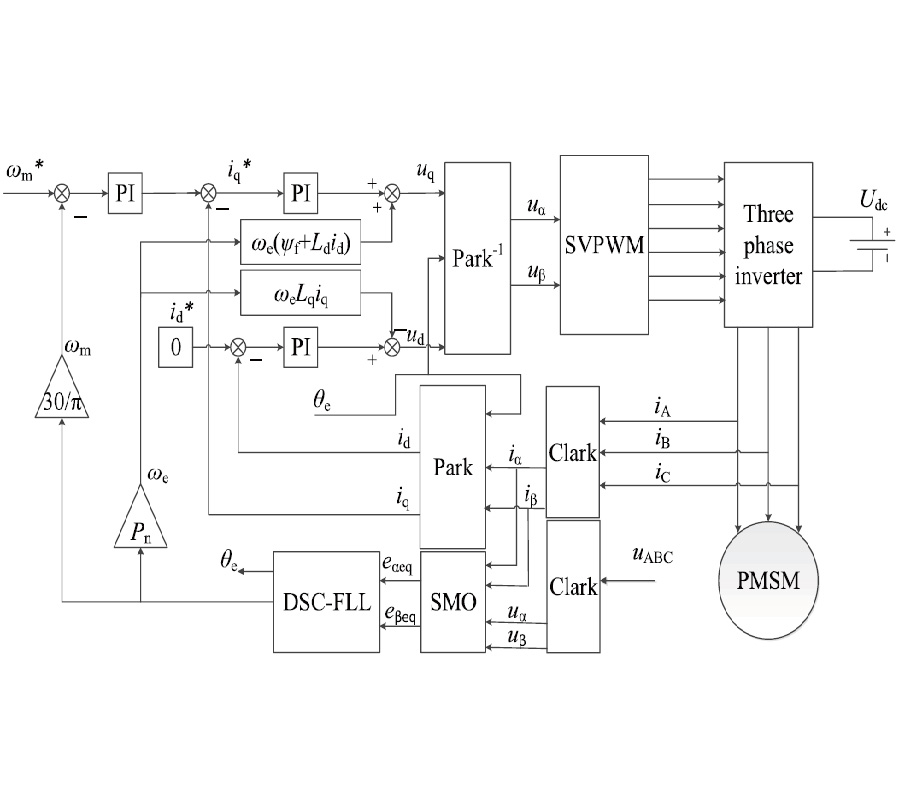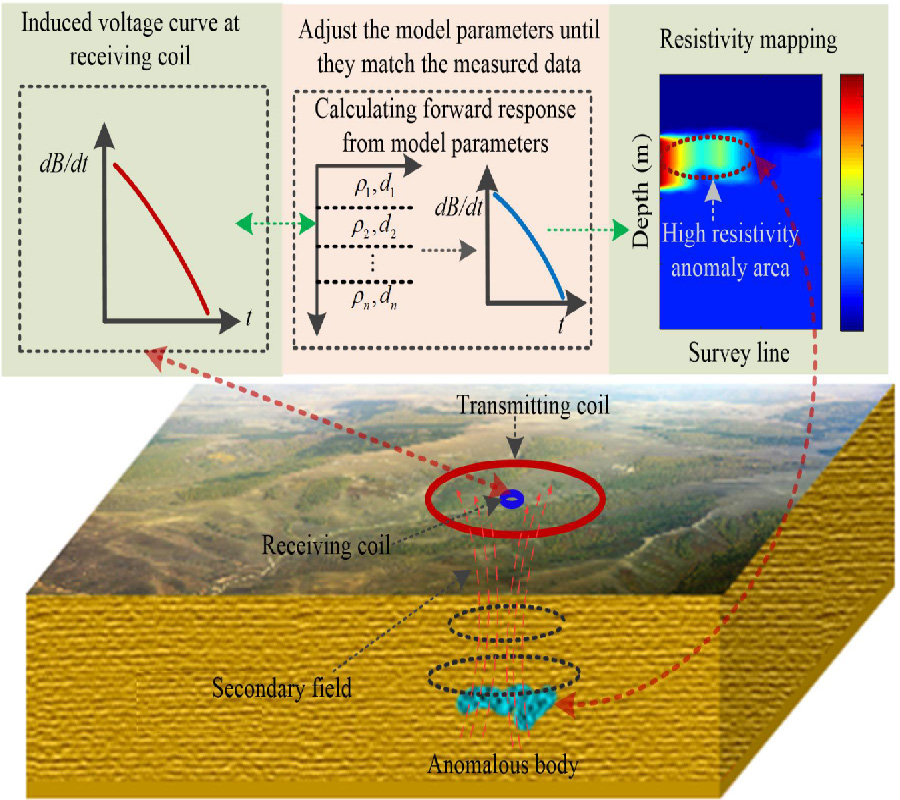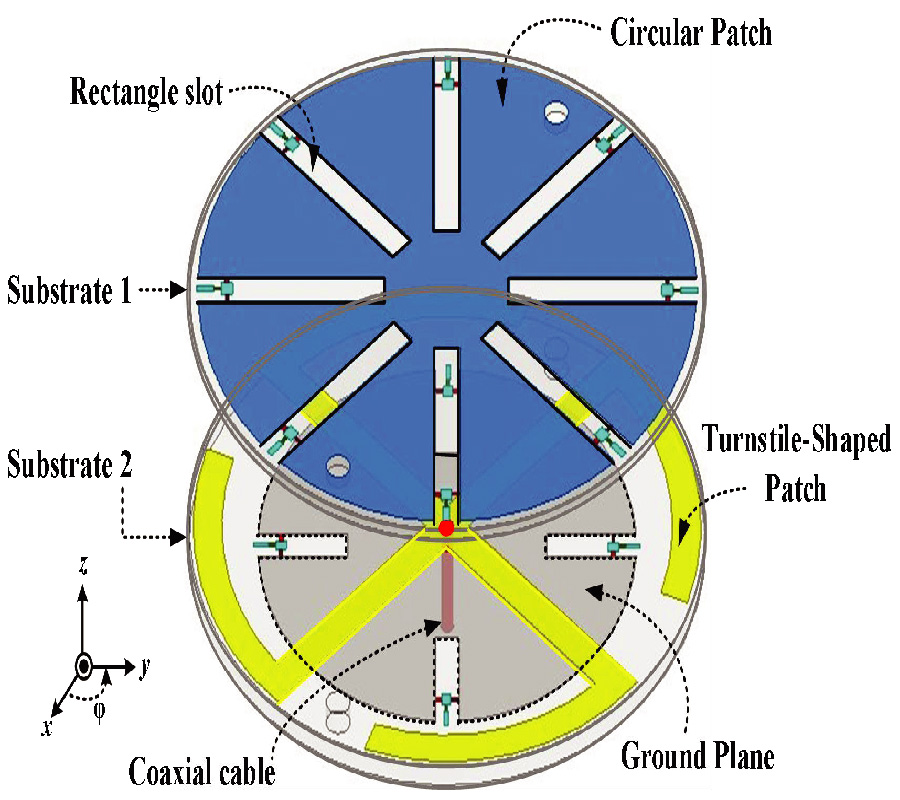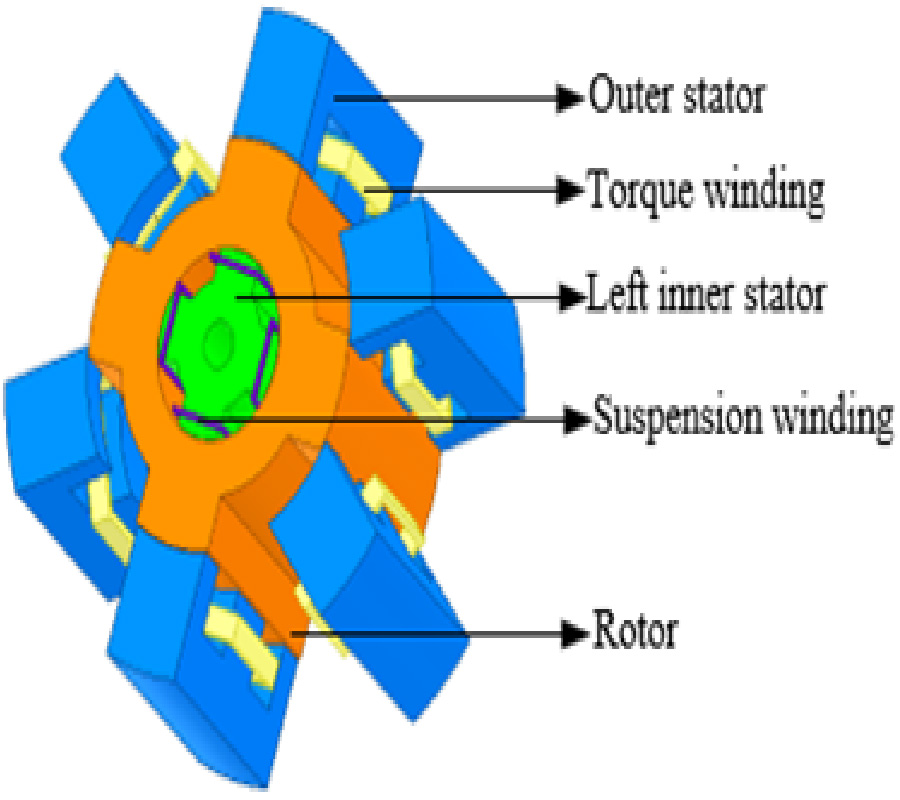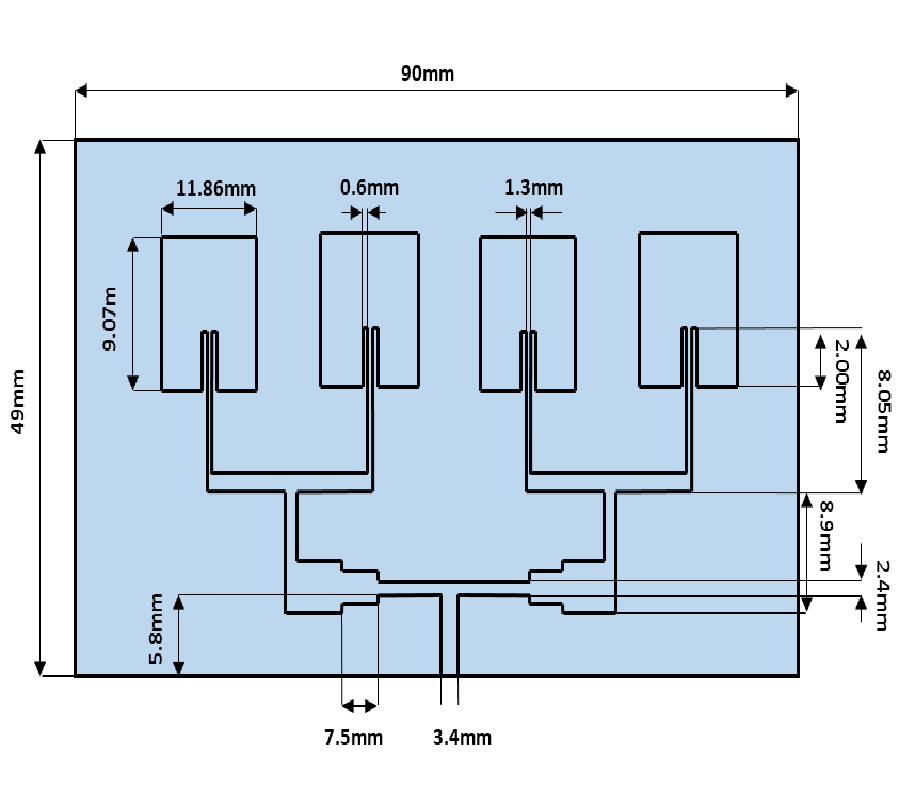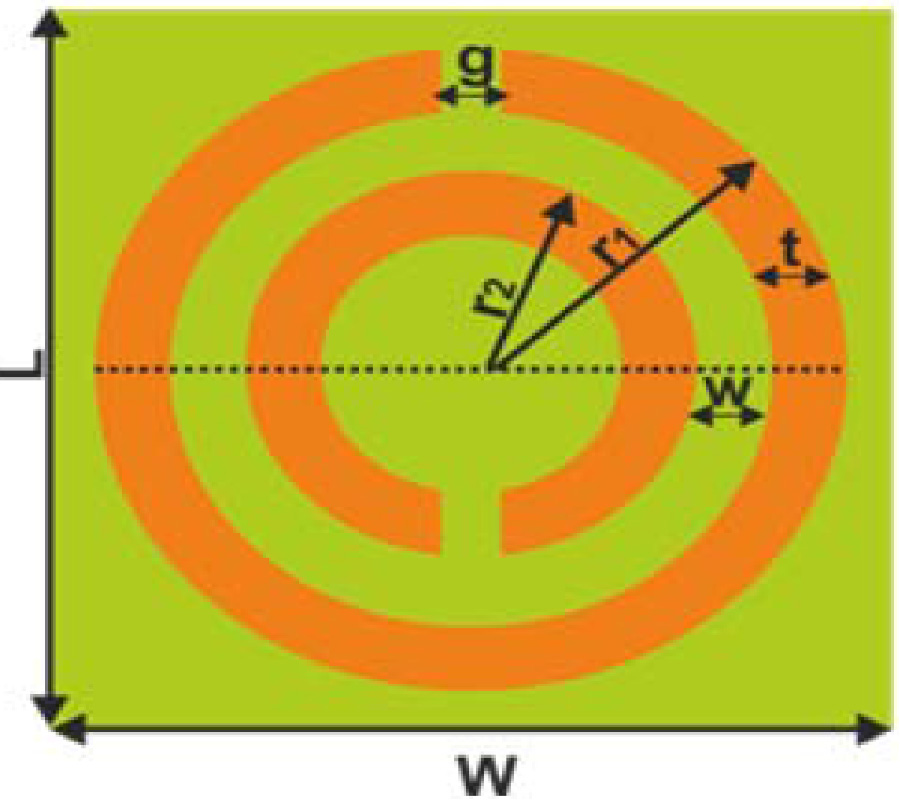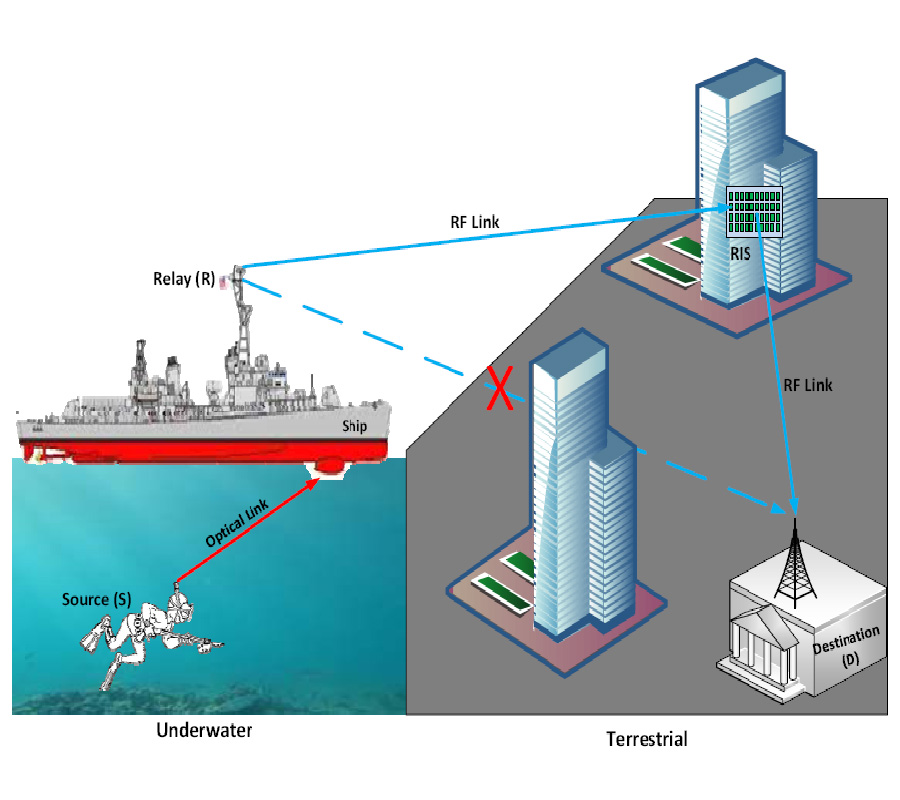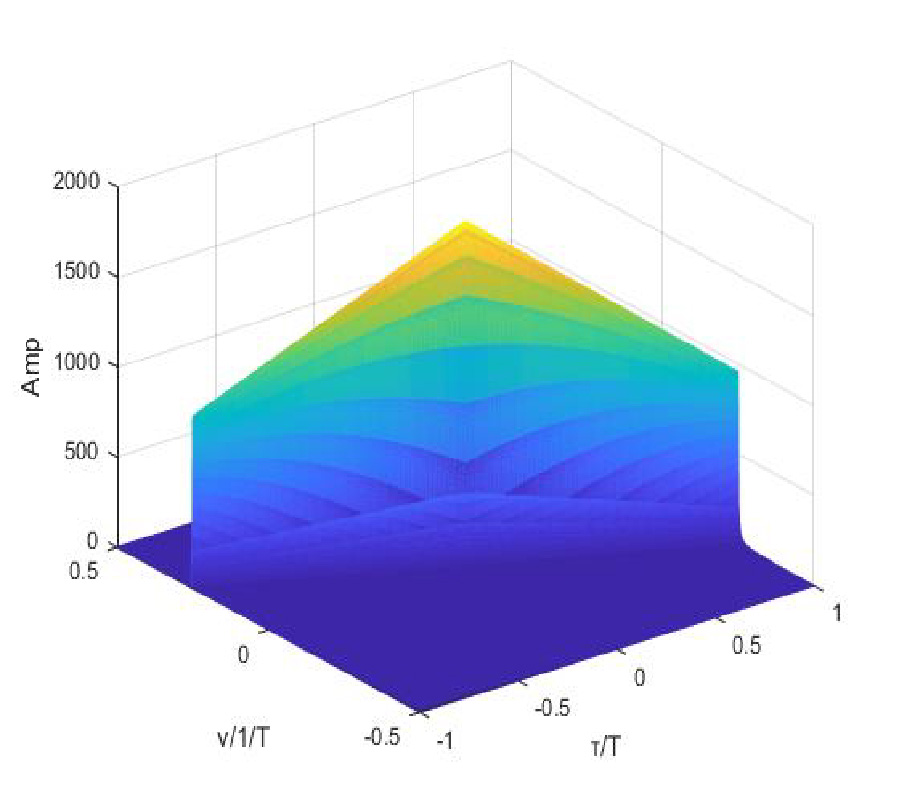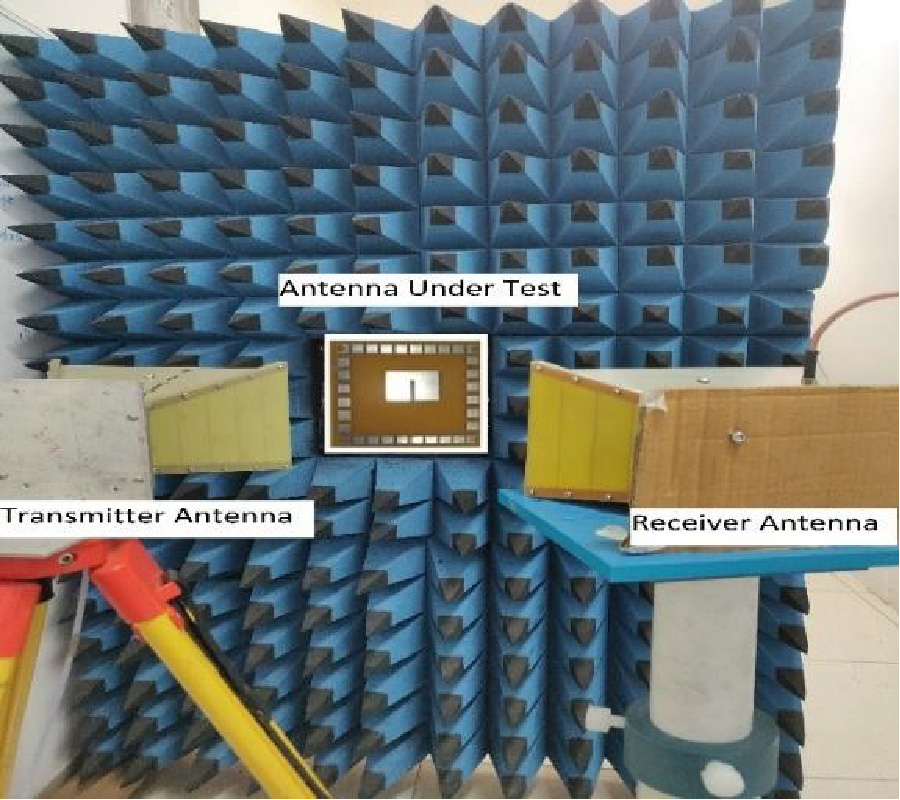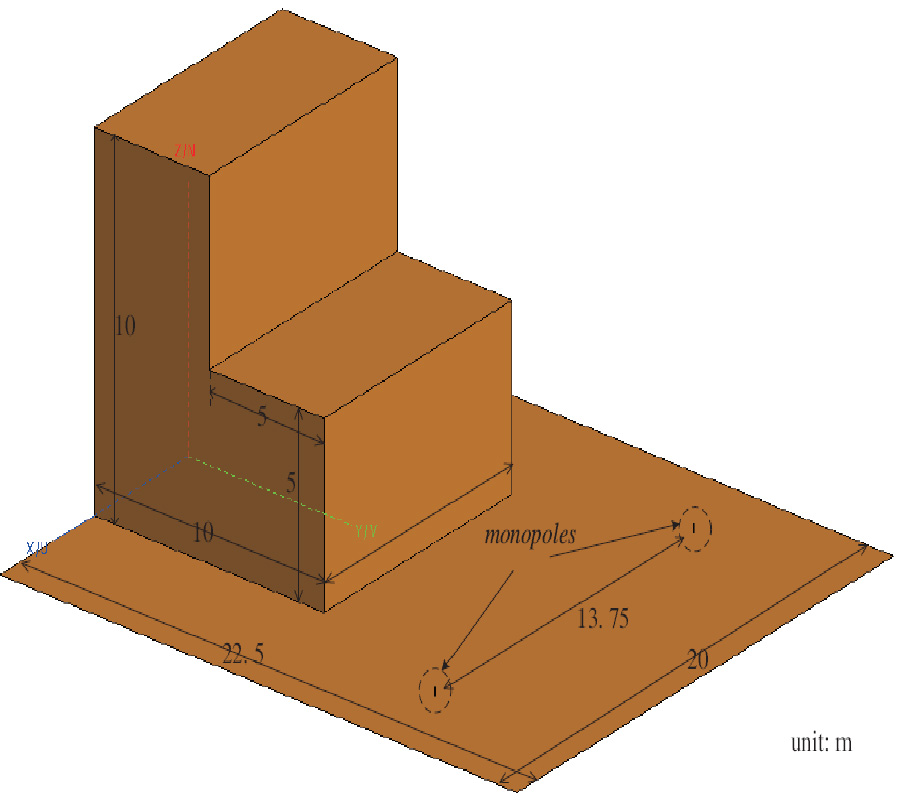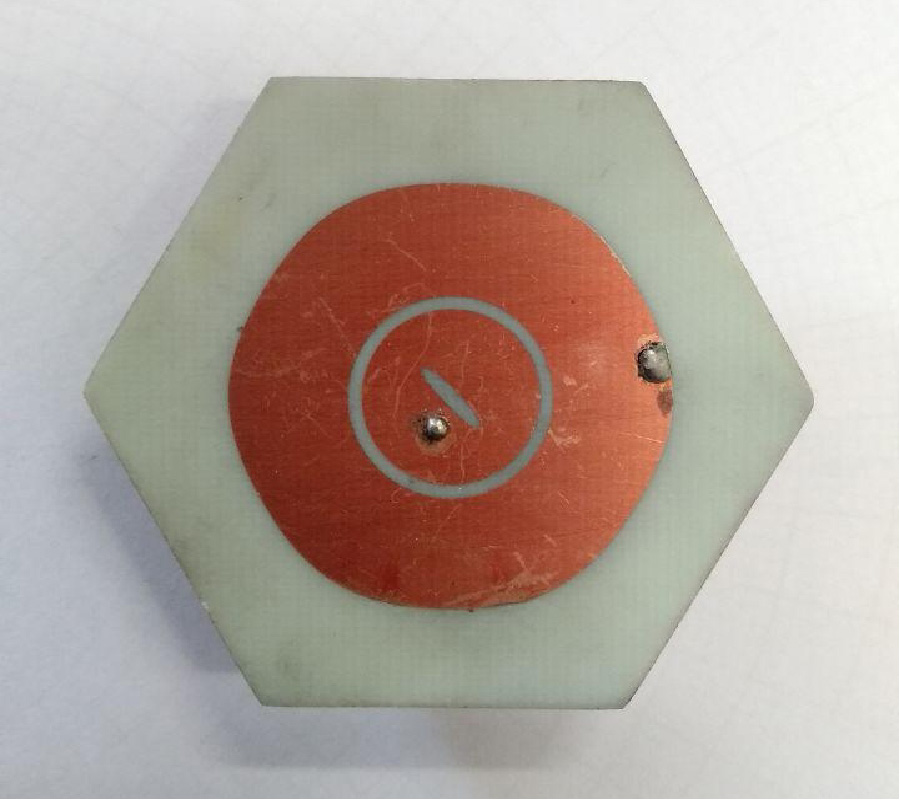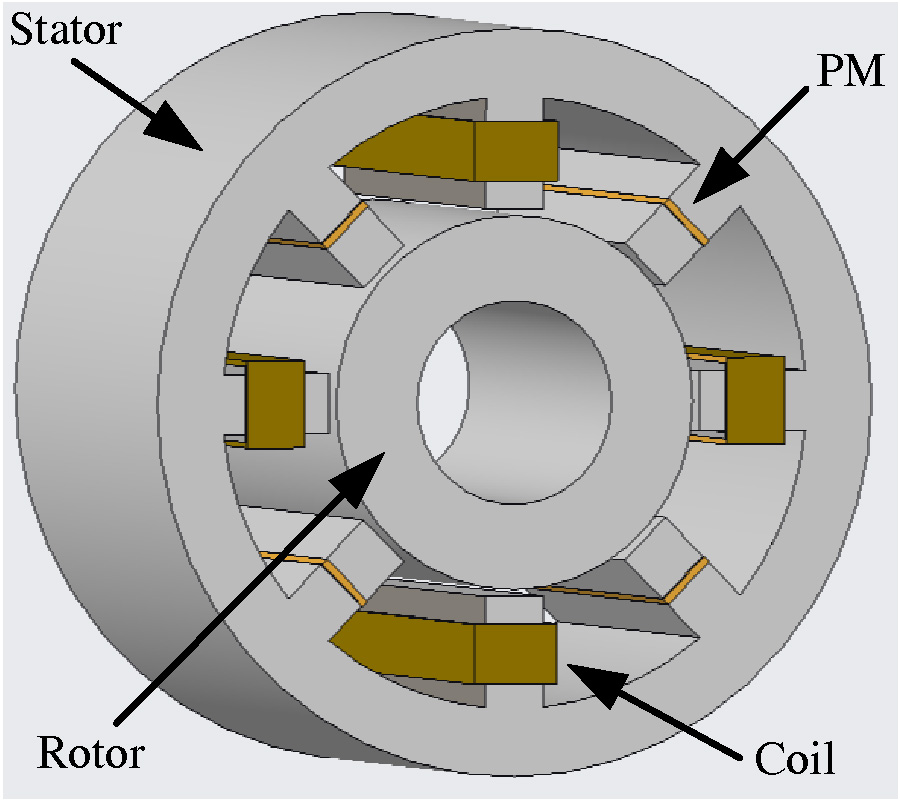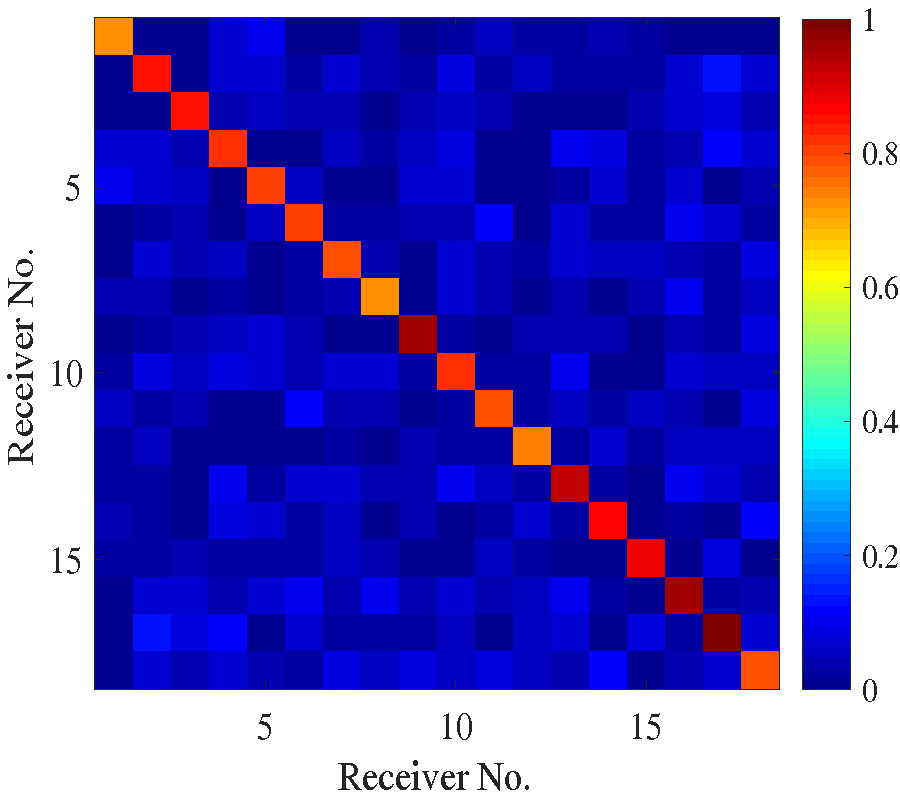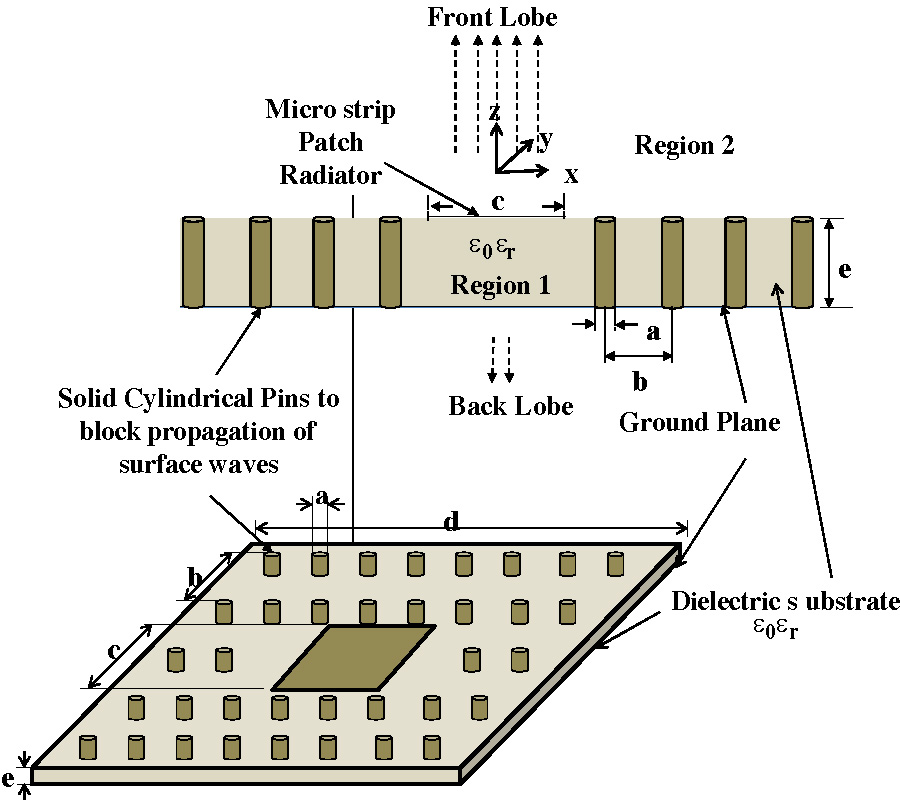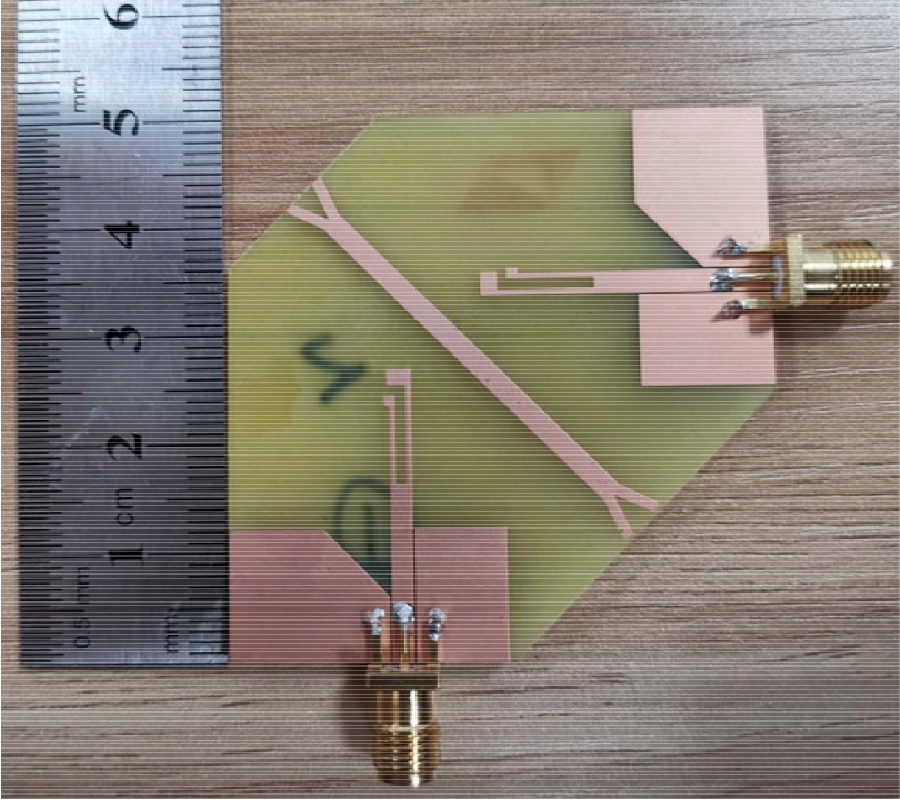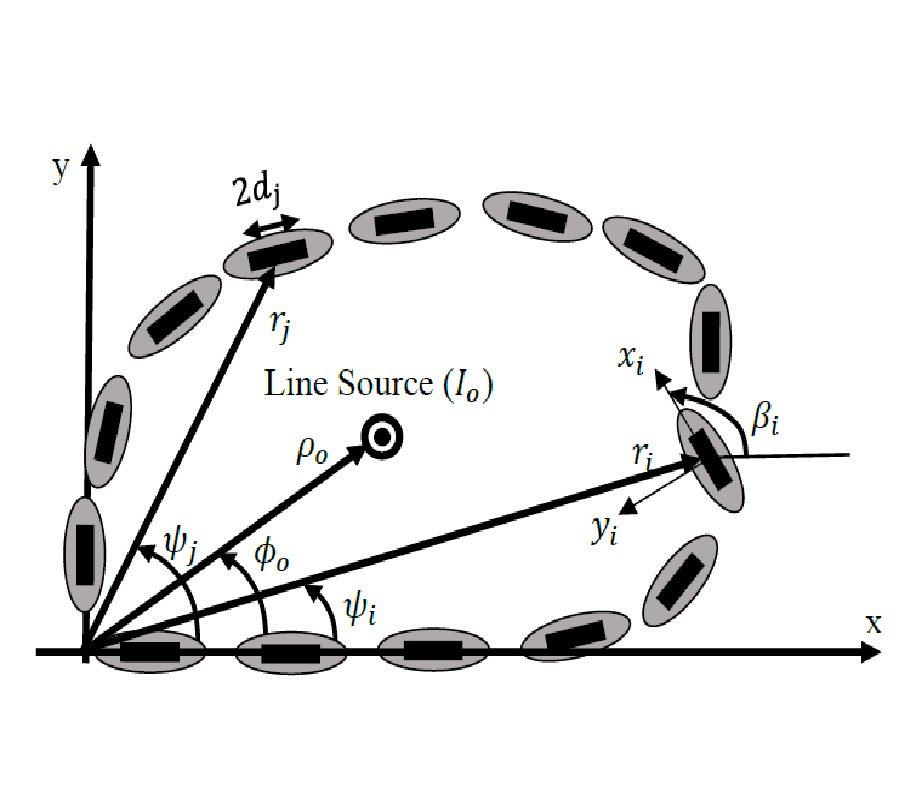Applicability of Transient Electromagnetic Fast Forward Modeling Algorithm with Small Loop
Jian Chen,
Fuxue Yan,
Yishu Sun and
Yang Zhang
In the forward modeling of the transient electromagnetic (TEM) method, a frequency-domain solution is usually obtained first, and the solution in the time domain is then calculated by a frequency-time transformation. At present, the three main fast frequency-time transformation methods are the Guptasarma algorithm, the sine and cosine numerical filtering algorithms, and the Gaver-Stehfest (G-S) algorithm. In recent years, with the increasing demand for fine detection at shallow depths, the small-loop TEM method has undergone rapid development. It is therefore important to evaluate whether the traditional forward modeling approaches can be directly applied to the small-loop method. In this paper, the principles of the three forward modeling methods and their limitations when being applied to the small-loop TEM method are discussed. Through a comparison with the analytical solution for a uniform half-space, we demonstrate that the accuracy of forward numerical calculation is affected by loop size and earth resistivity. When the Guptasarma, G-S, and cosine numerical filtering algorithms are used for small-loop TEM forward calculation, the overall calculation error becomes non-negligible, whereas the sine numerical filtering algorithm retains a high calculation accuracy. By studying the response of the frequency-domain solution, we analyze the cause of the error in the forward calculation. Generally, the sine numerical filtering algorithm is the most suitable method for fast and high-precision small-loop TEM forward modeling. The results obtained here should provide a foundation for high-precision forward modeling and inversion of the small-loop TEM method.
